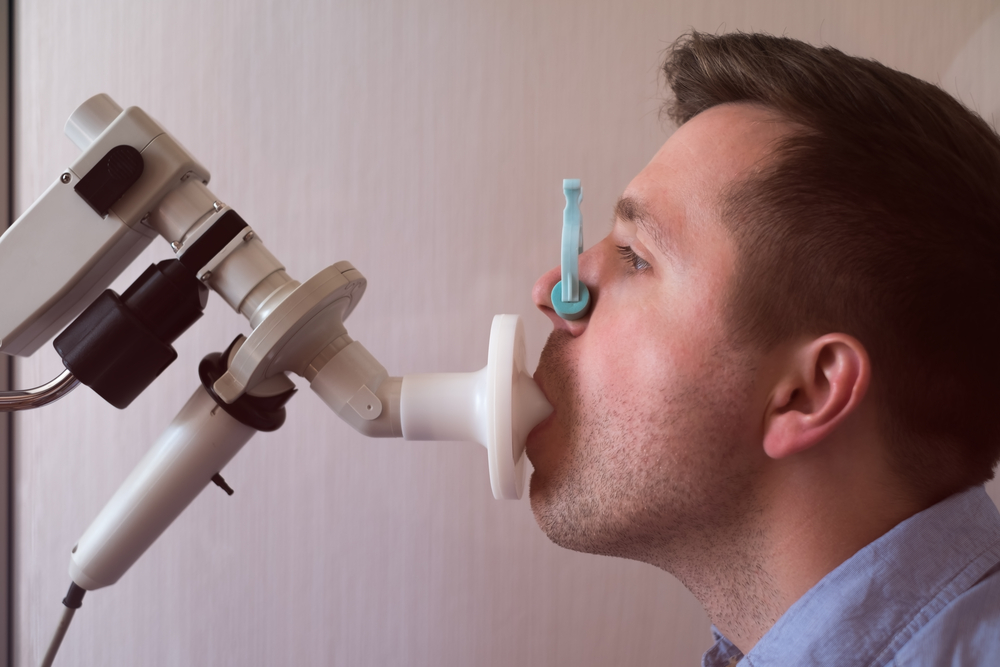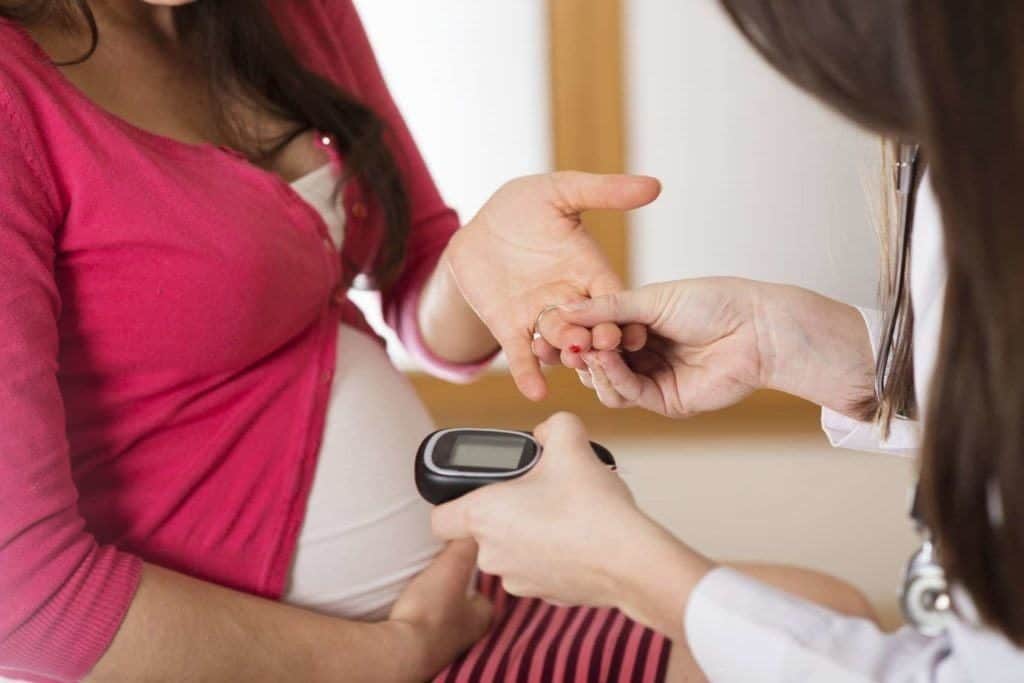Contents:
- Medical Video: Spirometry | Test for Lung Function | Nucleus Health
- What is spirometry?
- How it works spirometry
- Track the progress of COPD
- How spirometry helps treat COPD
Medical Video: Spirometry | Test for Lung Function | Nucleus Health
Measuring the lung capacity of people with COPD is often done to see how bad or what stage a person has suffered lung damage. The measurement of capacity is usually done using a tool called spirometry. How does this tool work so that it can provide information about the extent of lung damage experienced by patients? Consider the following review.
What is spirometry?
Spirometry is one of the best and most commonly used pulmonary function tests. The tool used to do the spirometry test is called a spirometer. Spirometer is a machine that measures how well your lung functions are, records the results, and displays them in graphical form.
Spirometers are tools that play an important role in chronic obstructive pulmonary disease (COPD) starting from the time the disease is diagnosed to the extent of its treatment and control. Spirometers are used when patients complain of respiratory problems, such as shortness of breath, coughing, or mucus mucus production. This tool can also detect COPD even at the earliest stages before the appearance of symptoms is clear.
In addition to diagnosing COPD, spirometry can also help monitor the progress of the disease and classify it into each stage or stage. This tool also helps determine the best way to continue treatment.
How it works spirometry
This function test cannot be done independently. So, you need the help of a doctor to do an examination of your lung capacity. The spirometry test tool, the spirometer, will measure lung function and record the results in graphical form.
To do this test, the doctor will ask you to take a deep breath and blow it inward mouthpiece on the spirometer as strong and as fast as you can. This tool will measure the total amount of air you can exhale, namely forced vital capacity (FVC), and how much you exhale in the first second or called 1 second forced expiration (FEV1).
Apart from the damage that might occur to your lungs, FEV1 is usually also influenced by other factors, such as age, sex, height, or even race. Comparison between FEV1 and FVC (FEV1 / FVC) will produce a percentage. That percentage will later be an indicator of whether you have COPD or not. The percentage also allows doctors to know the extent of the development of COPD in your body.
Track the progress of COPD
Your doctor will usually use a spirometer to regularly monitor your lung function and help track the progress of your disease. This examination will also help determine the stage or stage of your COPD.
The staging of your COPD will usually be based on your FEV1 / FVC number. Following is the classification of COPD stages based on FEV1 / FVC indicators.
- COPD Stage 1 - Mild. Your FEV1 is equal to or greater than 80 percent of the normal estimated value, with the result of a FEV1 / FVC ratio below 70 percent. At this stage the symptoms you experience may be very mild.
- Stage 2 COPD - Moderate. Your FEV1 is between 50 - 79 percent of the normal estimated value, with a FEV1 / FVC value below 70 percent. Symptoms appear more obvious, such as shortness of breath when on the move and coughing with mucus / phlegm.
- COPD Stage 3 - Severe. Your FEV1 is between 30-49 percent of your normal estimate and your FEV1 / FVC is below 70 percent. At this stage, shortness of breath, and fatigue are evident. You also have difficulty doing physical activity. Exacerbation episodes (worsening) of COPD are also commonly found at this stage.
- COPD Stage 4 - Very Severe. Your FEV1 is less than 30 percent of the normal estimated value or less than 50 percent with chronic respiratory failure. At this stage, your quality of life is affected and exacerbations are life threatening.
How spirometry helps treat COPD
Regular use of spirometry to see disease progression is very important in the treatment of COPD. Each stage has its own unique problems. Understanding where your COPD is located allows doctors to recommend and prescribe the best treatment for your disease according to the stages.
Even though stadium classification helps decide on standard treatment, your doctor will consider the results of your spirometer along with other factors to design a treatment that is specific to you. Factors such as comorbidity that can have a further impact on lung capacity, such as heart disease, will be taken into consideration, as well as your physical condition if you have to undergo rehabilitation therapy, such as exercise.
The doctor will schedule regular checks and use the spirometer results to make adjustments to your treatment. Not only drugs, in some cases treatment also includes surgery and lifestyle changes. A rehabilitation program is also sometimes needed to help improve your symptoms, slow down the progress of the disease, and improve quality of life.
The use of spirometry also allows the doctor to determine whether the treatment given is appropriate to and works effectively according to your stage. The results of the examination will make the doctor get information whether your lung capacity is stable, increasing, or decreasing, so that adjustments to treatment can be done.
Hello Health Group does not provide medical advice, diagnosis or treatment.












